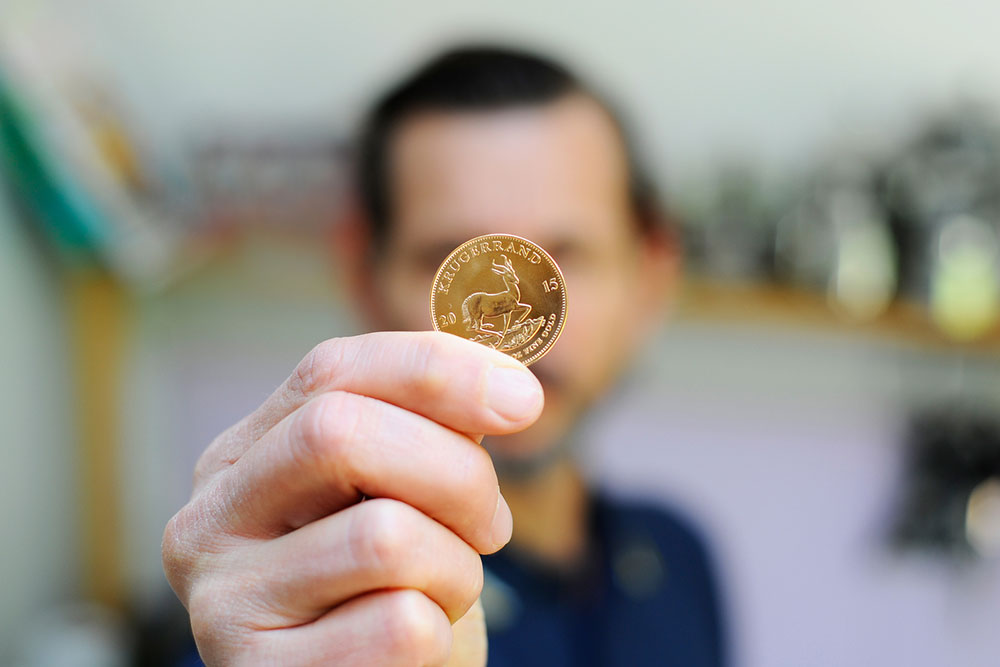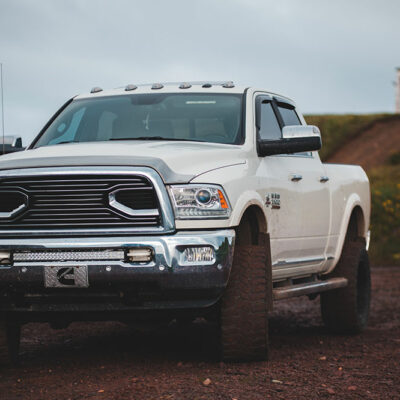9 things to know when investing in precious metals

Investing in precious metals is a smart addition to diversifying an investment portfolio. Precious metals are a popular commodity and a less volatile market when compared to stocks. With multiple regulatory authorities and trading platforms, investing in precious metals hassle-free has also become easy today. But there are many points one must consider and be well-informed before investing. Here are some key things to know before investing in precious metals.
Understand the types of precious metals
Gold, silver, platinum, and palladium are popular precious metals with unique characteristics, market demand, and investing dynamics. Invest only after a thorough comparison.
Diversification
Precious metals can be an effective way to diversify any investment portfolio. They often have a low association with other assets like bonds and stocks, which can help reduce overall portfolio risk.
Storage and security
Physical ownership of precious metals necessitates the need to invest in home security. Options include home safes, bank safety deposit boxes, or third-party storage facilities. Be sure to consider the associated costs and security measures before buying assets.
Physical vs. paper investments
There are two ways to invest in precious metals: purchase physical bullion (coins or bars) or invest through paper investments like exchange-traded funds (ETFs), online futures contracts, or online mining stocks.
Market volatility
Market risk is inherent, and external considerations impact the sale and purchase of precious metals. Prices can significantly fluctuate in response to economic and geopolitical events. Be prepared for this volatility and have a clear investment strategy in place.
Long-term vs. short-term investment
Determine investment goals before investing. Is it simply a short-term hedge against inflation and market instability, or is the investment long-term for growth in the portfolio? Investment goals will directly influence precious metals choices.
Market research
Stay informed about the factors that affect precious metal prices, such as inflation rates, central bank policies, geopolitical tensions, and currency movements. Research and market analysis are crucial.
Liquidity
Liquidity can vary among different precious metals. Gold and silver are generally more liquid than less commonly traded metals like platinum and palladium. Liquidity matters as more liquid assets can be bought and sold off quickly.
Transaction costs
Finally, consider transaction costs before buying or selling precious metals. These include dealer premiums, storage fees, and all applicable taxes. These costs directly impact overall returns.






